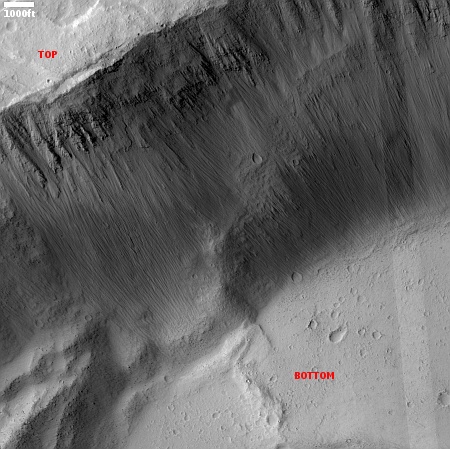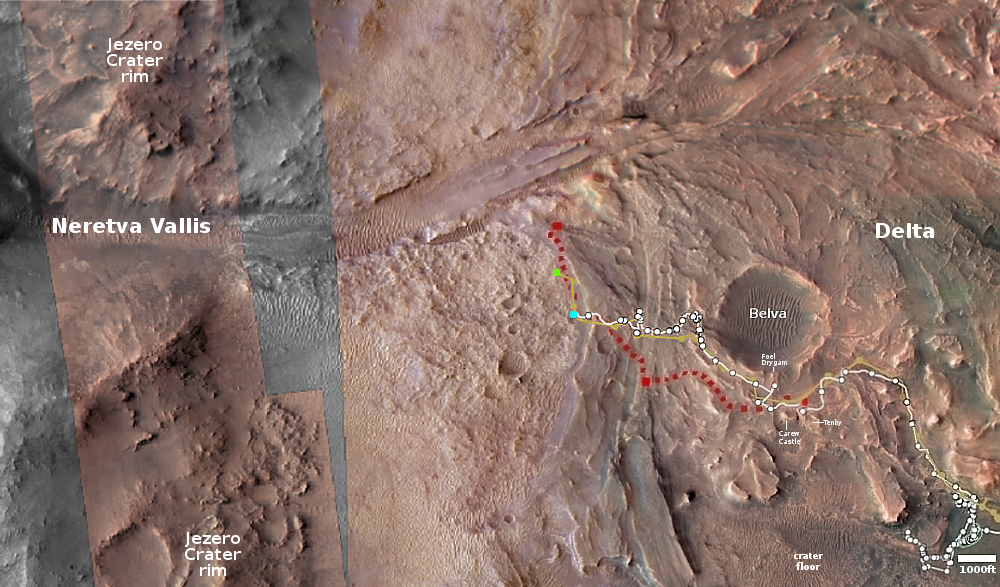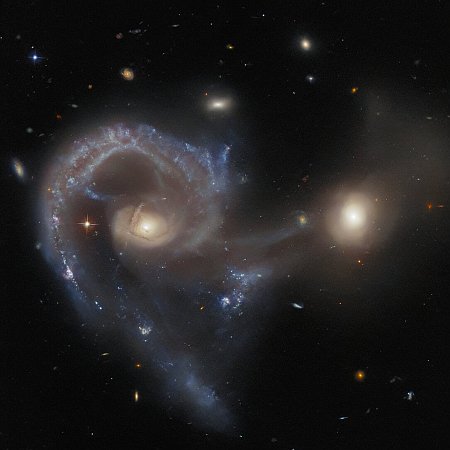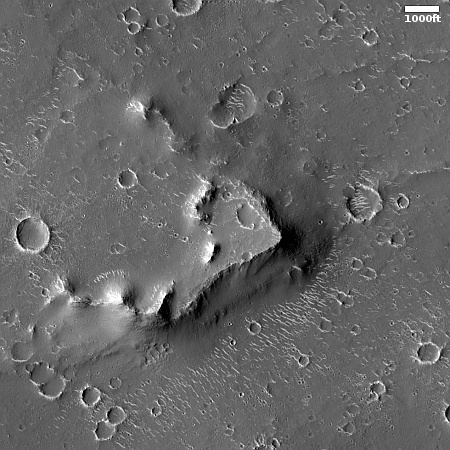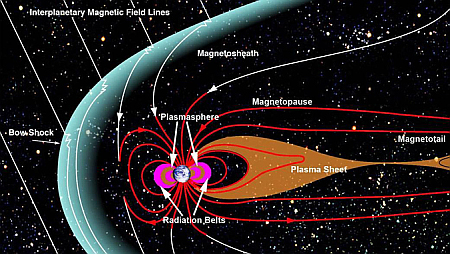Update on Blue Origin’s New Glenn
Link here. Based on this detailed update, the long delayed launch of Blue Origin’s orbital New Glenn rocket appears to finally be visible on the distant horizon.
Most of the work described involves building supporting facilities, such as a new building for refurbishing rockets after launch. However, this quote suggests the company might finally be getting close to doing something real:
During a panel at the World Satellite Business Week, Blue Origin’s Jarrett Jones stated Blue Origin has four boosters in various stages of production, and testing is going well.
In addition to the production of New Glenn, Blue Origin has continued to prepare LC-36 [the launchpad] to support the testing of the hardware currently being manufactured. In recent months, Blue Origin has conducted a number of tests with both the main transporter erector, which will be used to support a fully stacked New Glenn, as well as a smaller transporter erector, which appears to be used to test New Glenn’s second-stage on the launch pad. A second-stage simulator has already been observed on this transporter erector.
Though encouraging, the article at the link still left me with a feeling that a lot of work is being done on everything but the rocket itself. Hopefully this feeling will dissipate soon with the appearance of that first rocket on the launchpad. Right now Blue Origin officials have said they are aiming for that first launch next year, but they have made that same promise now for three straight years.
Link here. Based on this detailed update, the long delayed launch of Blue Origin’s orbital New Glenn rocket appears to finally be visible on the distant horizon.
Most of the work described involves building supporting facilities, such as a new building for refurbishing rockets after launch. However, this quote suggests the company might finally be getting close to doing something real:
During a panel at the World Satellite Business Week, Blue Origin’s Jarrett Jones stated Blue Origin has four boosters in various stages of production, and testing is going well.
In addition to the production of New Glenn, Blue Origin has continued to prepare LC-36 [the launchpad] to support the testing of the hardware currently being manufactured. In recent months, Blue Origin has conducted a number of tests with both the main transporter erector, which will be used to support a fully stacked New Glenn, as well as a smaller transporter erector, which appears to be used to test New Glenn’s second-stage on the launch pad. A second-stage simulator has already been observed on this transporter erector.
Though encouraging, the article at the link still left me with a feeling that a lot of work is being done on everything but the rocket itself. Hopefully this feeling will dissipate soon with the appearance of that first rocket on the launchpad. Right now Blue Origin officials have said they are aiming for that first launch next year, but they have made that same promise now for three straight years.



